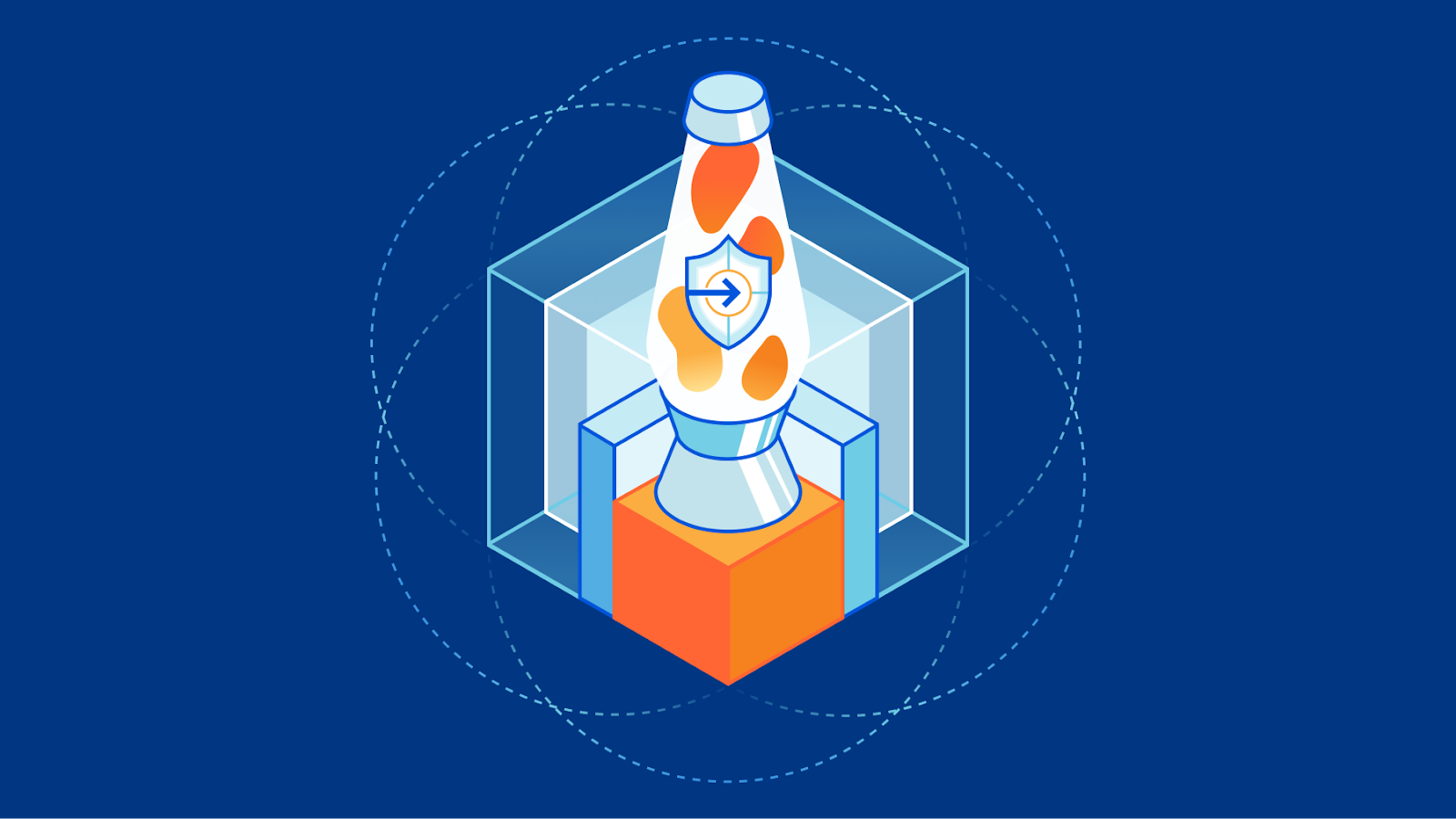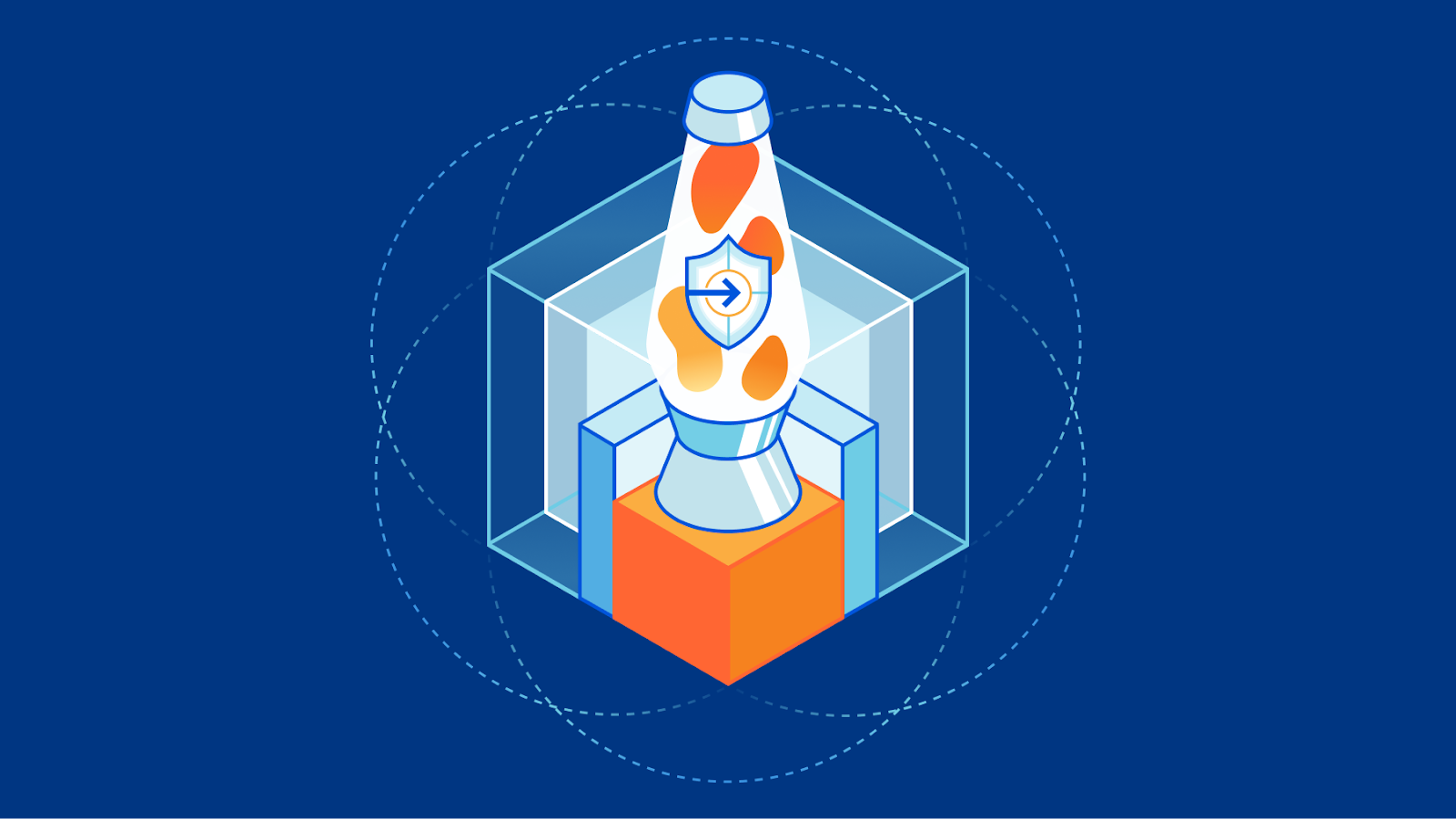Identifying content gaps in our documentation


If you’ve tuned into this blog for long enough, you’ll notice that we’re pretty big on using and stress-testing our own products (“dogfooding”) at Cloudflare.
That applies to our security team, product teams, and – as my colleague Kristian just blogged about – even our documentation team. We’re incredibly excited to be on the Pages platform, both because of the performance and workflow improvements and the opportunity to help the platform develop.
What you probably haven’t heard about is how our docs team uses dogfooding – and data – to improve our documentation.
Dogfooding for docs
As a technical writer, it’s pretty common to do the thing you’re documenting. After all, it’s really hard to write step-by-step instructions if you haven’t been through those steps. It’s also a great opportunity to provide feedback to our product teams.
What’s not as common for a writer, however, is actually using the thing you’re documenting. And it’s totally understandable why. You’re already accountable to your deadlines and product managers, so you might not have the time. You might not have the technical background. And then there’s the whole problem of a real-world use case. If you’re really dedicated, you can set Continue reading




